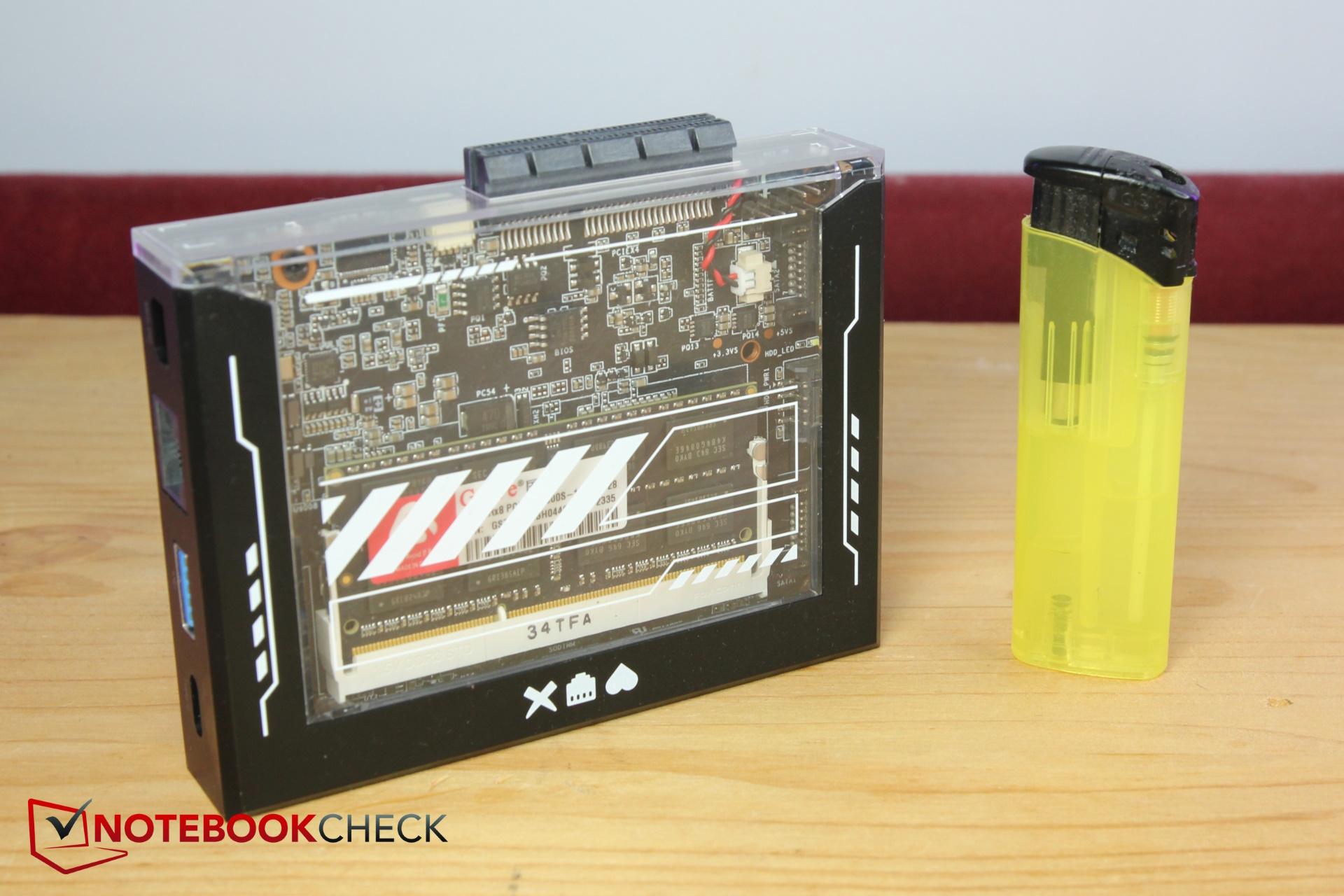
The Zimablade has inherited the Zimaboard’s strengths and weaknesses although it mainly expands on the former. It is now even smaller and lighter, even more customizable due to the RAM slot and even more affordable.
The system’s clear main advantage is its versatility. Beginners can use it to learn and have fun without having to tinker as much as the Raspberry Pi. In addition, advanced users will also continually find a new application for this small PC. But, accessories will soon be a necessity since the Zimablade is not a ready-made, all-in-one solution. However, it can potentially do almost anything. Instead of just being a NAS or only a media server, with a few accessories it can nearly do it all. And, when it is eventually no longer needed as a NAS, the next project is just around the corner or you can undertake multiple tasks simultaneously – a wonderful playground for learning and experimenting!
Unlike the Zimaboard, a LAN port is absent. However, this isn’t a big deal as it’s possible to use a hub with a LAN connector via the USB-C port. Performance is, of course, still limited and although this is certainly no high-performance server, it’s still much more potent than a Raspberry Pie 4.
The Zimablade is an incredibly versatile micro PC, not least due to its connections (for example, PCIe), its economy and its small footprint. Home server novices can learn and tinker and advanced users can always find new projects.
Source link
 notebook.co.id informasi dan review notebook laptop tablet dan pc
notebook.co.id informasi dan review notebook laptop tablet dan pc